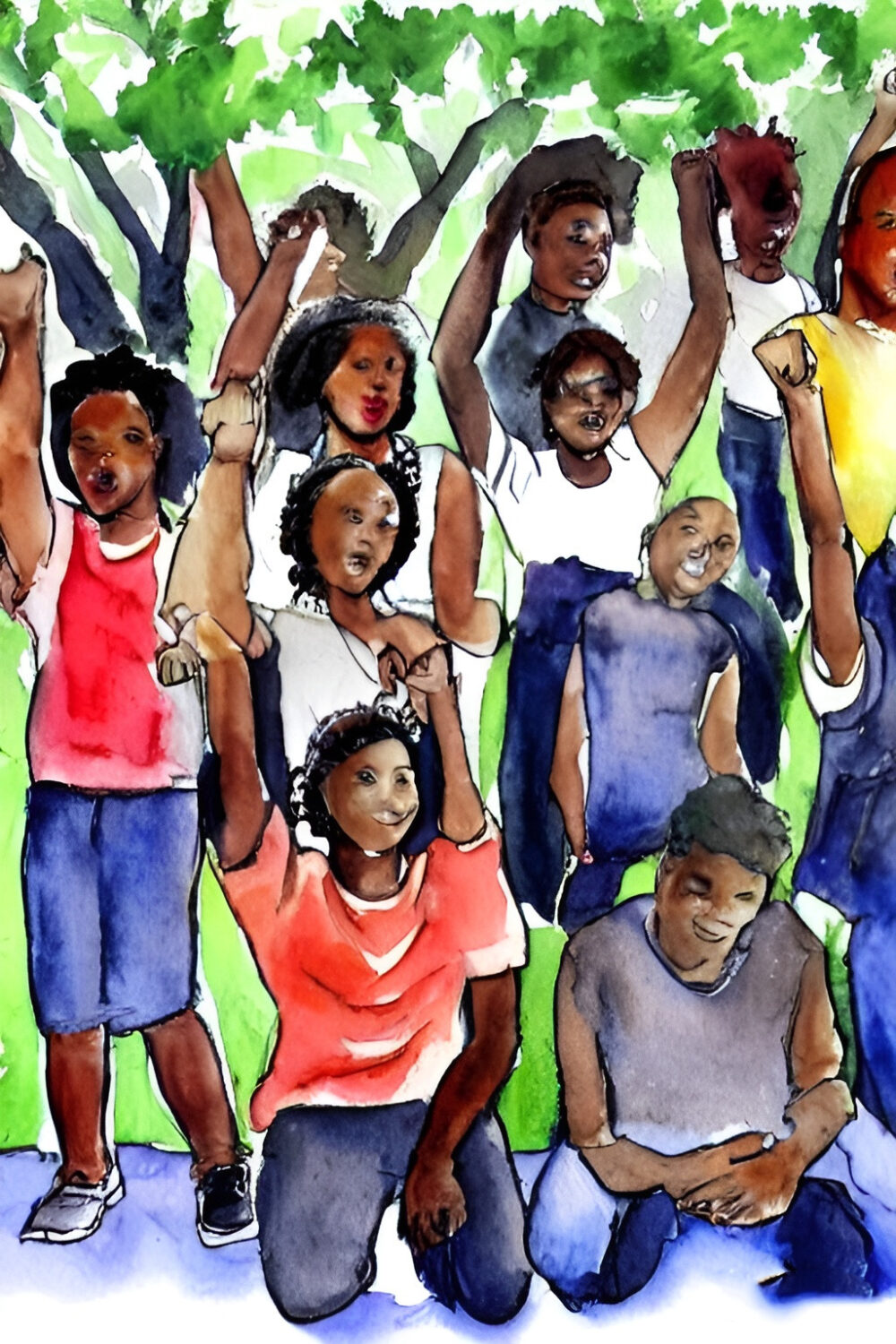
Millions of people marching in the streets across the United States and 10,000 – 20,000 marching here in Spokane. The marchers are asking a fundamental question: How do we preserve democracy when so many of our neighbors seem willing to trade it for the promise of security?
It appears that there is a great deal of fear dividing our country in two. Why these fears, what needs to be done, and how can we do it? What do our readers think? What does our community think? What do others think?
This is a three part series. The first part describes the fears and what needs to be done to address them. The second part addresses why Black people should resist the loss of democracy, the third part deals with what needs to be done. Later articles can follow the progress of the Spokane fight for democracy.
The articles discuss various evidence-based approaches to enhance democratic resilience and social cohesion at government, institutional, and individual levels. They highlight the importance of economic interventions, leadership strategies, educational reforms, media responsibility, and personal engagement. The text outlines measures for specific demographic concerns while emphasizing the need for systemic changes and the importance of measuring success. Key factors for success include authenticity, inclusivity, patience, consistency, local focus, and bipartisan support.
Feedback from social media posts and interactions can be used to invite them to remove the fear, save democracy and participate in building a better community they want to live in.
Read the first article in the Fighting Fear series:
1. Why Are People So Afraid That They Choose Tyranny Over Democracy
2. Why Blacks Will Resist the Loss of Democracy
3. What Needs To Be Done to Relieve Fear?
4. Join Fighting Fear and Volunteer
SUBSCRIBE: If you want suggestions on what we must do in addition to protesting in the streets, subscribe to 4comculture.com. Go to the top of the sidebar and send us your email address.















